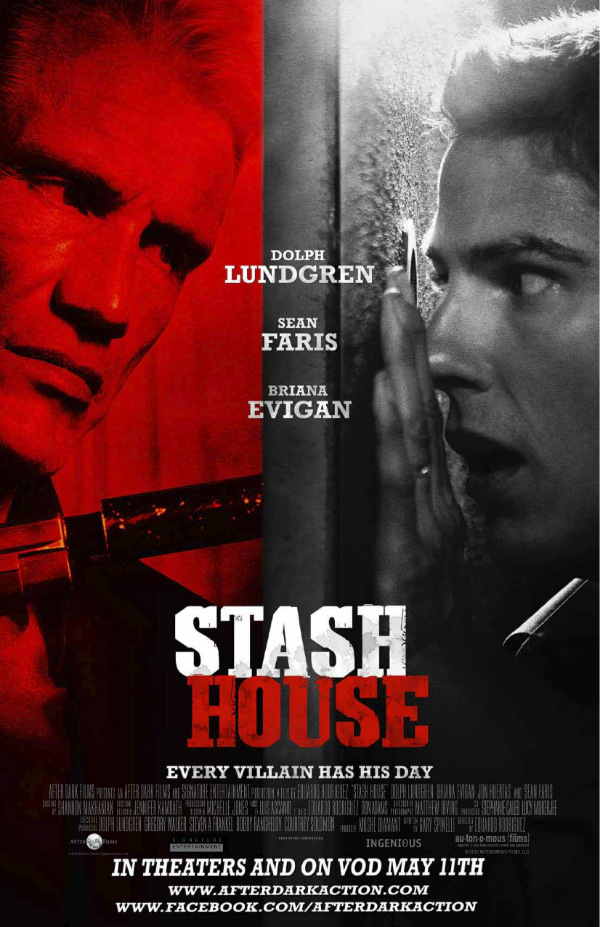

The FCJC files the first of their 12 motions to dismiss along with their expert’s report. Spring 2016Īfter an extended battle over whether ATF documents can be used across all 12 cases, FCJC convinces the government to grant them access. December 2015Īfter nine months of litigation, the Illinois State Police turns over data on the comparison group. In July, the Seventh Circuit issues its ruling and becomes the first federal appellate court to lower the standard for obtaining discovery in support of a claim of racial discrimination by the police. Siegler delivers an oral argument before the en banc Seventh Circuit in US v. They will use statistical analysis to show racially selective enforcement, comparing the demographics of 94 Chicago-area defendants charged in fake stash house cases with a “similarly situated comparison group.” March 2015įCJC requests data from the Illinois State Police about individuals in the comparison group-292,442 people from the Chicago area who also met the ATF’s targeting criteria. Later that fall, Siegler and Miller convince defense attorneys on 11 other fake stash house cases to let them coordinate across all 12 cases. Davis but the government appeals to the en banc Seventh Circuit. September 2014įCJC wins the Seventh Circuit appeal in US v. Davis appeal, which involves the standard for obtaining discovery in a selective law enforcement case. Davis, one of several cases involving defendants charged with agreeing to rob fake stash houses-stings, he says, that disproportionately targeted Black and Hispanic people.



Siegler gets a call from a former colleague who asks if her clinic is interested in helping litigate an appeal in US v. If the film had broken just a bit more out of the box, that effort would have gone a long way…instead, Stash House will be locked away in due time, along with the many other home-invasion movies that mine the same territory.Key Moments in the Fake Stash House Litigation Early 2014 At one point, Lundgren opens up and makes the audience think that there might be something more to his character, but before you know it, he snaps right back to being a typical villain once again.
Stash house movie#
Otherwise, the helmer keeps a not-so-bad grasp on the tense proceedings, yet the movie never peaks too much of an interest besides a few intriguing set pieces. It’s a good thing that director Eduardo Rodriguez ditches the security-cam POV from the first act of the film, since it comes off way too much like a gimmick. Soon, the couple discover that there’s something else in their home that the burglars want - and it could cost them their lives. After the lovebirds discover heroin hidden in the walls, two men storm the house, which, as it turns out, is a highly fortified building. Lundgren plays a crook who’s trying to gain access to a house that a young man (Sean Faris) has just bought for his wife (Briana Evigan). Indeed, Stash House bucks initial expectations, but don’t be surprised when it eases back into generic “under siege” territory. When you sit down to watch a movie starring Dolph Lundgren, chances are that you aren’t expecting a home-invasion thriller you also wouldn’t think that a third of it would be filmed found-footage style.


 0 kommentar(er)
0 kommentar(er)
